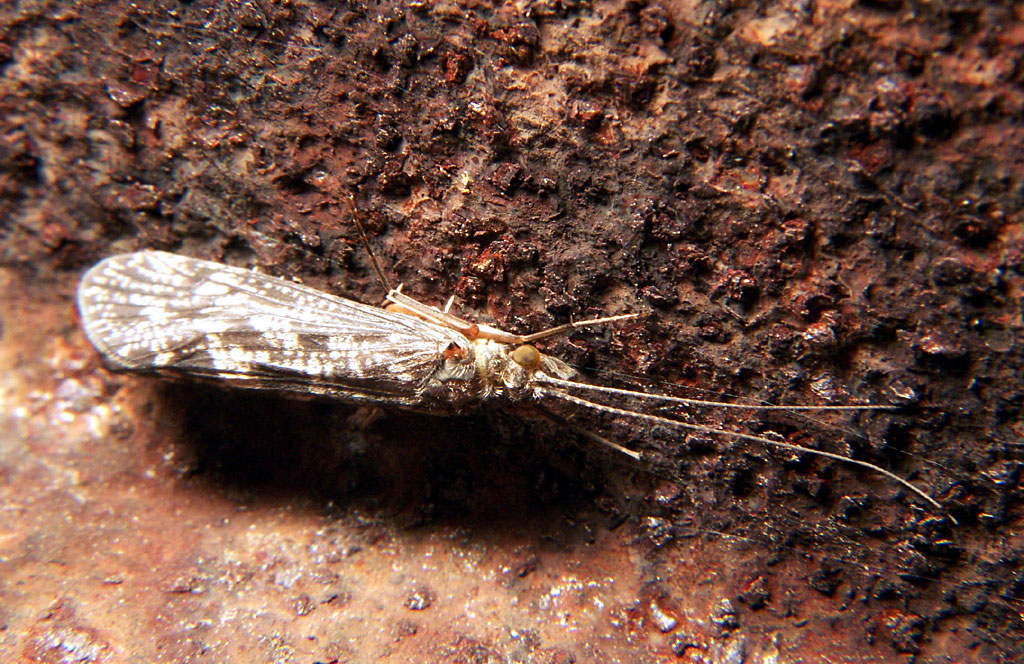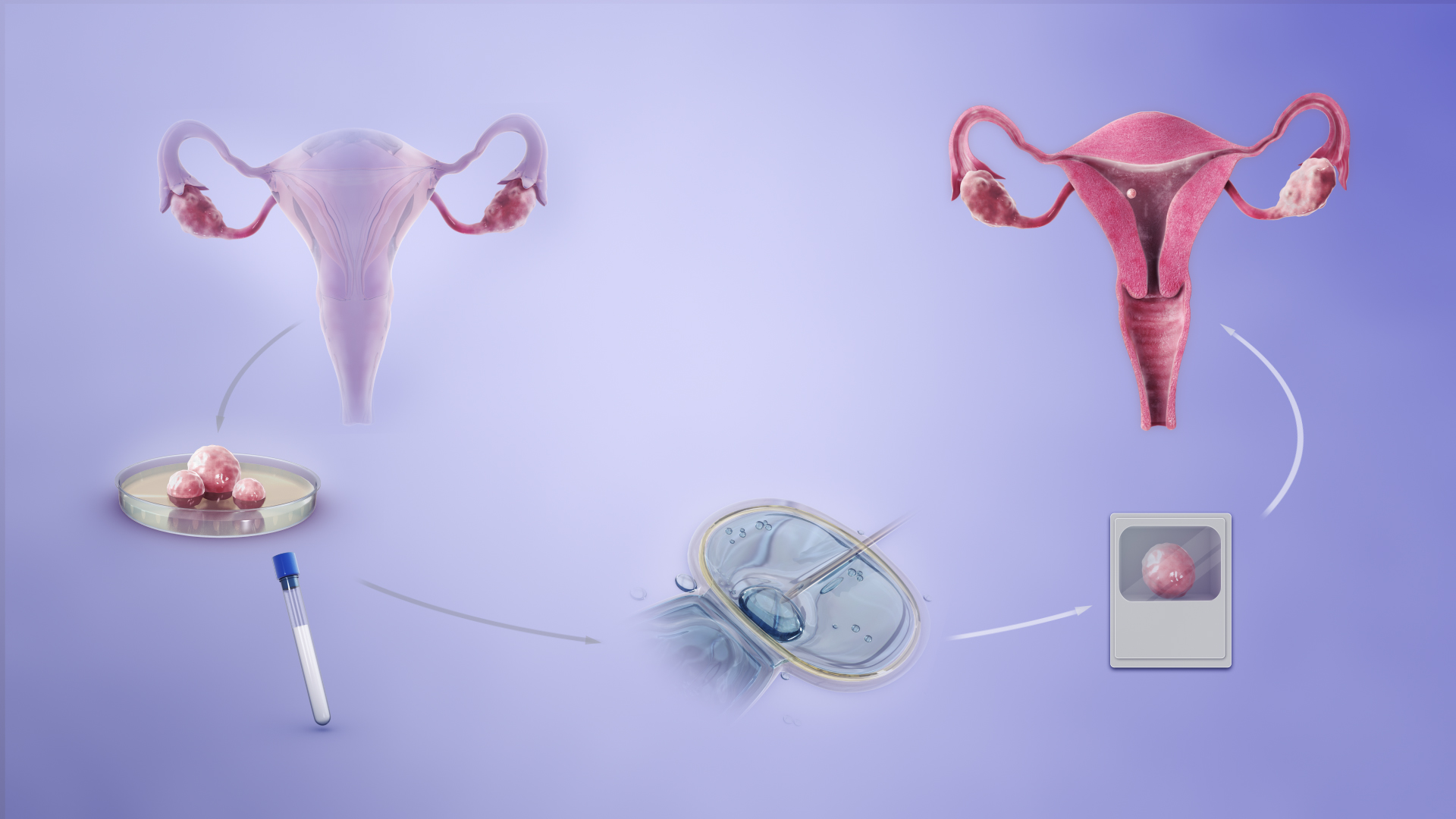|
Imposex
Imposex is a disorder observed in certain marine and freshwater gastropod mollusks, where female individuals develop male sexual characteristics, such as a penis and vas deferens, due to exposure to specific environmental pollutants. This condition is primarily induced by organotin compounds, notably tributyltin (TBT), which have been widely used in antifouling paints for ships to prevent biofouling. Unlike intersex conditions that involve gonadal ambiguity, imposex results in the superimposition of male genitalia onto otherwise functional female reproductive anatomy, often leading to sterility and population declines in affected species. The phenomenon was first documented in the 1960s and has since been identified in over 260 gastropod species worldwide. Imposex serves as a sensitive bioindicator for monitoring organotin pollution in marine environments. The severity of imposex is often quantified using the Vas Deferens Sequence Index (VDSI), which assesses the progression of ma ... [...More Info...] [...Related Items...] OR: [Wikipedia] [Google] [Baidu] |
Tributyltin
Tributyltin (TBT) is an umbrella term for a class of organotin compounds which contain the group, with a prominent example being tributyltin oxide. For 40 years TBT was used as a biocide in anti-fouling paint, commonly known as bottom paint, applied to the hulls of oceangoing vessels. Bottom paint improves ship performance and durability as it reduces the rate of biofouling, the growth of organisms on the ship's hull. The TBT slowly leaches out into the marine environment where it is highly toxic toward nontarget organisms. TBT toxicity can lead to biomagnification or bioaccumulation within such nontarget organisms like invertebrates, vertebrates, and a variety of mammals. TBT is also an obesogen. After it led to collapse of local populations of organisms, TBT was banned. Chemical properties TBT, or tributyltin, tributylstannyl or tributyl stannic hydride compounds are organotin compounds. They have three butyl groups covalently bonded to a tin(IV) atom.Davies, Alwyn Georg ... [...More Info...] [...Related Items...] OR: [Wikipedia] [Google] [Baidu] |
Bioindicator
A bioindicator is any species (an indicator species) or group of species whose function, population, or status can reveal the qualitative status of the environment. The most common indicator species are animals. For example, copepods and other small water crustaceans that are present in many water bodies can be monitored for changes (biochemical, physiological, or behavioural) that may indicate a problem within their ecosystem. Bioindicators can tell us about the cumulative effects of different pollutants in the ecosystem and about how long a problem may have been present, which physical and chemical testing cannot. A biological monitor or biomonitor is an organism that provides quantitative information on the quality of the environment around it. Therefore, a good biomonitor will indicate the presence of the pollutant and can also be used in an attempt to provide additional information about the amount and intensity of the exposure. A biological indicator is also the name gi ... [...More Info...] [...Related Items...] OR: [Wikipedia] [Google] [Baidu] |
Marisa Cornuarietis
''Marisa cornuarietis'', common name the Colombian ramshorn apple snail, is a species of large freshwater snail with an operculum, an aquatic gastropod mollusc in the family Ampullariidae, the apple snail family. These snails are popular in aquariums, and are also used in the wild as a biological control agent. Distribution Indigenous distribution It is widespread in northern South America, although the type locality is unknown. The giant ramshorn snail is native to northern South America and Central America, including Bolivia, Brazil, Colombia, Costa Rica, French Guiana, Guyana, Panama, Suriname, Trinidad and Tobago and Venezuela. Non-indigenous distribution Non-indigenous distribution of ''Marisa cornuarietis'' include: * ''Marisa cornuarietis'' was first discovered in the US in Coral Gables, Florida, in 1957. It has spread to many other counties in southern Florida. It was first found in Texas in 1983 and has also been reported in California and Idaho. This species ... [...More Info...] [...Related Items...] OR: [Wikipedia] [Google] [Baidu] |
Tributyltin Hydride
Tributyltin hydride is an organotin compound with the formula (C4H9)3SnH. It is a colorless liquid that is soluble in organic solvents. The compound is used as a source of hydrogen atoms in organic synthesis. Synthesis and characterization The compound is produced by reduction of tributyltin oxide with polymethylhydrosiloxane: : 2 " eSi(H)Osub>n" + (Bu3Sn)2O → " eSi(OH)Osub>n" + 2 Bu3SnH It can also be synthesized by a reduction of tributyltin chloride with lithium aluminium hydride. The hydride is a distillable liquid that is mildly sensitive to air, decomposing to (Bu3Sn)2O. Its IR spectrum exhibits a strong band at 1814 cm−1 for ''ν''Sn−H. Applications It is a specialized reagent in organic synthesis. Combined with azobisisobutyronitrile (AIBN) or by irradiation with light, tributyltin hydride converts organic halides (and related groups) to the corresponding hydrocarbon. This process occurs via a radical chain mechanism involving the radical Bu3S ... [...More Info...] [...Related Items...] OR: [Wikipedia] [Google] [Baidu] |
Population
Population is a set of humans or other organisms in a given region or area. Governments conduct a census to quantify the resident population size within a given jurisdiction. The term is also applied to non-human animals, microorganisms, and plants, and has specific uses within such fields as ecology and genetics. Etymology The word ''population'' is derived from the Late Latin ''populatio'' (a people, a multitude), which itself is derived from the Latin word ''populus'' (a people). Use of the term Social sciences In sociology and population geography, population refers to a group of human beings with some predefined feature in common, such as location, Race (human categorization), race, ethnicity, nationality, or religion. Ecology In ecology, a population is a group of organisms of the same species which inhabit the same geographical area and are capable of Sexual reproduction, interbreeding. The area of a sexual population is the area where interbreeding is possi ... [...More Info...] [...Related Items...] OR: [Wikipedia] [Google] [Baidu] |
Infertility
In biology, infertility is the inability of a male and female organism to Sexual reproduction, reproduce. It is usually not the natural state of a healthy organism that has reached sexual maturity, so children who have not undergone puberty, which is the body's start of fertility, reproductive capacity, are excluded. It is also a normal state in women after menopause. In humans, ''infertility'' is defined as the inability to become pregnant after at least one year of unprotected and regular sexual intercourse involving a male and female partner. There are many causes of infertility, including some that Assisted reproductive technology, medical intervention can treat. Estimates from 1997 suggest that worldwide about five percent of all heterosexual couples have an unresolved problem with infertility. Many more couples, however, experience involuntary childlessness for at least one year, with estimates ranging from 12% to 28%. Male infertility is responsible for 20–30% of infert ... [...More Info...] [...Related Items...] OR: [Wikipedia] [Google] [Baidu] |
Ovule
In seed plants, the ovule is the structure that gives rise to and contains the female reproductive cells. It consists of three parts: the ''integument'', forming its outer layer, the ''nucellus'' (or remnant of the sporangium, megasporangium), and the female gametophyte (formed from a haploid megaspore) in its center. The female gametophyte — specifically termed a ''megagametophyte'' — is also called the ''embryo sac'' in Flowering plant, angiosperms. The megagametophyte produces an ovum, egg cell for the purpose of fertilization. The ovule is a small structure present in the ovary. It is attached to the placenta by a stalk called a funicle. The funicle provides nourishment to the ovule. On the basis of the relative position of micropyle, body of the ovule, chalaza and funicle, there are six types of ovules. Location within the plant In flowering plants, the ovule is located inside the portion of the flower called the gynoecium. The Ovary (plants), ovary of the gynoecium p ... [...More Info...] [...Related Items...] OR: [Wikipedia] [Google] [Baidu] |
Oviduct
The oviduct in vertebrates is the passageway from an ovary. In human females, this is more usually known as the fallopian tube. The eggs travel along the oviduct. These eggs will either be fertilized by spermatozoa to become a zygote, or will degenerate in the body. Normally, these are paired structures, but in birds and some cartilaginous fishes, one or the other side fails to develop (together with the corresponding ovary), and only one functional oviduct can be found. Except in teleosts, the oviduct is not directly in contact with the ovary. Instead, the most anterior portion ends in a funnel-shaped structure called the infundibulum, which collects eggs as they are released by the ovary into the body cavity. The only female vertebrates to lack oviducts are the jawless fishes. In these species, the single fused ovary releases eggs directly into the body cavity. The fish eventually extrudes the eggs through a small genital pore towards the rear of the body. Fish and amphibia ... [...More Info...] [...Related Items...] OR: [Wikipedia] [Google] [Baidu] |
Dog Whelk
The dog whelk, dogwhelk, or Atlantic dogwinkle (''Nucella lapillus'') is a species of predatory sea snail, a carnivorous marine gastropod in the family Muricidae, the rock snails. ''Nucella lapillus'' was originally described by Carl Linnaeus in his landmark 1758 10th edition of ''Systema Naturae'' as ''Buccinum lapillus'' (the basionym). Distribution This species is found around the coasts of Europe and in the northern west Atlantic coast of North America. It also can be found in estuarine waters along the Atlantic coasts. This species prefers rocky shores, where it eats mussels and acorn barnacles.Colin Little, J. A. Kitching, 1996''The Biology of Rocky Shores'' pp. 140-145. Shell description The dog whelk shell is small and rounded with a pointed spire and a short, straight siphonal canal (a groove on the underside of the shell) and a deep anal canal. The overall shell shape varies quite widely according to the degree of exposure to wave action of the shore on which a ... [...More Info...] [...Related Items...] OR: [Wikipedia] [Google] [Baidu] |
Retinoid
The retinoids are a class of chemical compounds that are natural derivatives of vitamin A or are chemically related to it. Synthetic retinoids are utilized in cosmetic formulations, clinical dermatology, and the treatment of some forms of cancer. Retinoids have many important functions throughout the body, including in vision, regulation of skin proliferation and differentiation, growth of bone tissue, immune function, and male fertility. The biology of retinoids is complex, having well-documented effectiveness in the management of conditions ranging from acute promyelocytic leukemia to acne to photoaging. On the other hand, retinoids may be involved in metabolic dysfunction and, at least in some forms, carcinogenesis. Types Retinoids are divided into four generations based on their molecular structure and receptor selectivity. Structure The basic structure of the hydrophobic retinoid molecule consists of a cyclic end group, a polyene side chain and a polar end group. Th ... [...More Info...] [...Related Items...] OR: [Wikipedia] [Google] [Baidu] |
Steroid
A steroid is an organic compound with four fused compound, fused rings (designated A, B, C, and D) arranged in a specific molecular configuration. Steroids have two principal biological functions: as important components of cell membranes that alter membrane fluidity; and as signal transduction, signaling molecules. Examples include the lipid cholesterol, sex hormones estradiol and testosterone, anabolic steroids, and the anti-inflammatory corticosteroid drug dexamethasone. Hundreds of steroids are found in Fungus, fungi, plants, and animals. All steroids are manufactured in cells from a sterols, sterol: Cholesterol, cholesterol (animals), lanosterol (opisthokonts), or cycloartenol (plants). All three of these molecules are produced via Cyclic compound, cyclization of the triterpene squalene. Structure The steroid nucleus (parent structure, core structure) is called gonane (cyclopentanoperhydrophenanthrene). It is typically composed of seventeen carbon atoms, bonded in fou ... [...More Info...] [...Related Items...] OR: [Wikipedia] [Google] [Baidu] |





